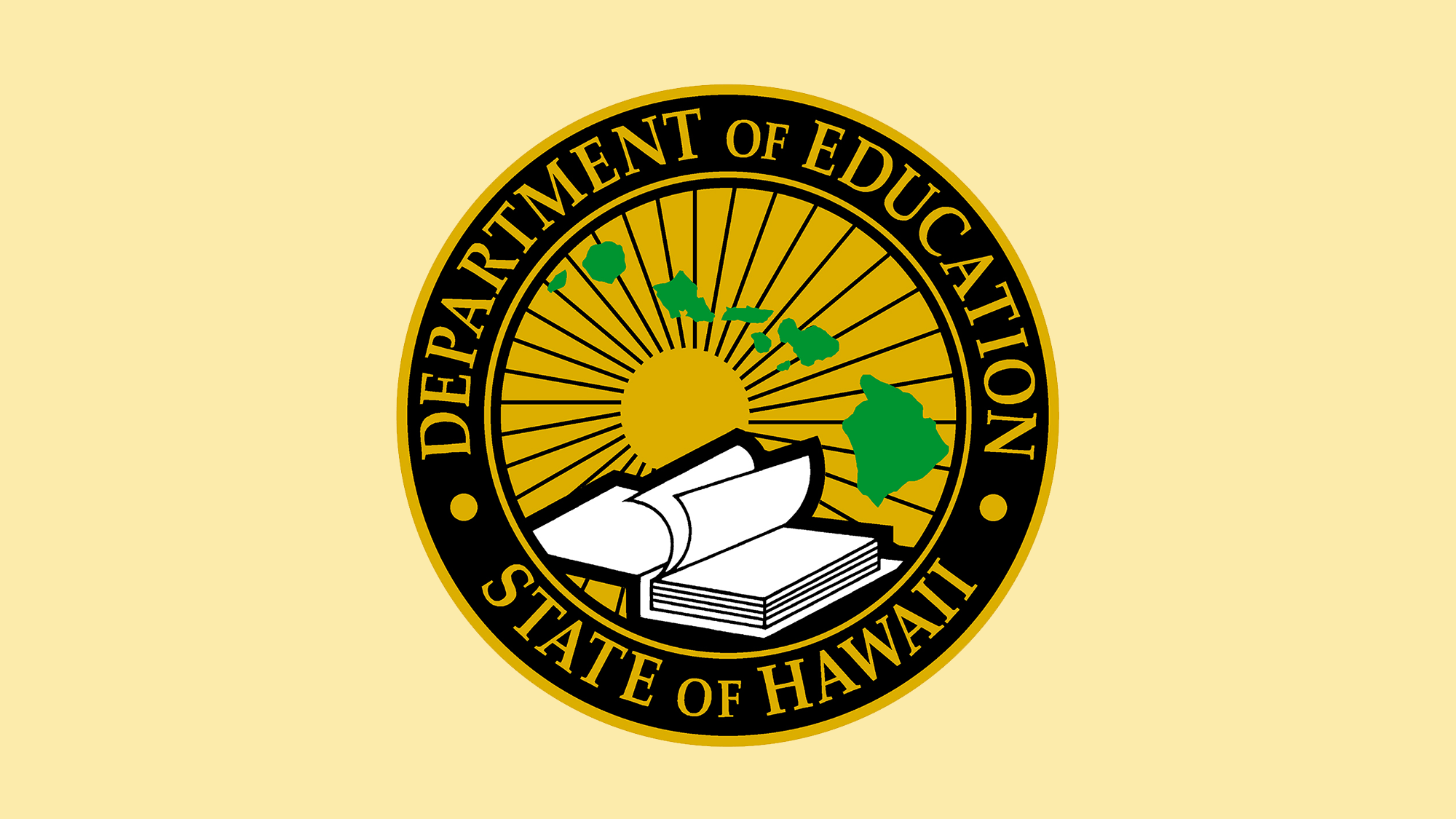Probationary teachers will still be evaluated, but with fewer observations
Updated: October 22, 2021
The Hawaii State Department of Education will carry over the previous rating of educators who already have an effective or higher rating this school year, unless they are on a probationary status. This change and more were outlined in a memo released Oct. 8 by the HIDOE from interim Superintendent Keith Hayashi on modifications to the Educator Effectiveness System (EES) for School Year 2021–22.
The HIDOE later updated its Educator Effectiveness System (EES) guidance and resources, including a list of frequently asked questions developed jointly by the HIDOE and the Hawaii State Teachers Association.
“Great things can happen when educators are provided their rightful seat at the table to collaborate on decisions affecting working conditions. This is a shining example of that process at work,” said HSTA President Osa Tui, Jr.
An earlier version of the memo that was previously circulating had not been reviewed by the EES Joint Committee, which includes HSTA teacher leaders. The committee met several times to discuss, modify, and approve the interim superintendent’s initial proposed changes and incorporate additional modifications.
There are now several changes for school year 2021–22:
- The Quarter 1 moratorium on conducting EES evaluation components is extended through Oct. 31, 2021. Evaluation activities for those on-cycle may begin starting Nov. 1, 2021.
- Tenured teachers who received an effective or highly effective EES rating in the prior rating period will be off-cycle this school year.
- Tenured teachers whose social security number ends in 0 or 9 will be moved off-cycle and carry over their previous rating.
- All subsequent EES cycles will be shifted back by one year.
- Tenured teachers who received a marginal EES rating in the prior rating period or who do not have a rating to carry over will be evaluated this school year.
- Probationary teachers will be evaluated this school year.
- Emergency hire teachers do not need to be evaluated under the EES this school year.
- The Student Success Plans (SSP) has been modified so that teachers may submit evidence of participation in schoolwide or grade-level data teams, instruction learning communities, induction and mentoring activities about student growth and learning, and/or similar school or complex area processes.
- The required number of formal observations will be reduced to a minimum of one (1) observation for all teachers who are on-cycle this school year. Previously, there were two or more observations.
HSTA Vice President Logan Okita, a member of the joint committee, said, “While the adjustment that interim Superintendent Hayashi originally proposed would have benefited some of our tenured educators, the EES Joint Committee worked collaboratively to make further adjustments for this school year that will benefit most of our educators as they navigate through another school year that is unlike any other.”
Besides Okita, HSTA members on the joint committee include Molokai High librarian Diane Mokuau; Ashley Olson, an English learner inclusion teacher at Lahainaluna High; and music teacher Zachary Morita from Niu Valley Middle. They are supported by HSTA UniServ Directors Beverly Ikalani and Ilima Long.

